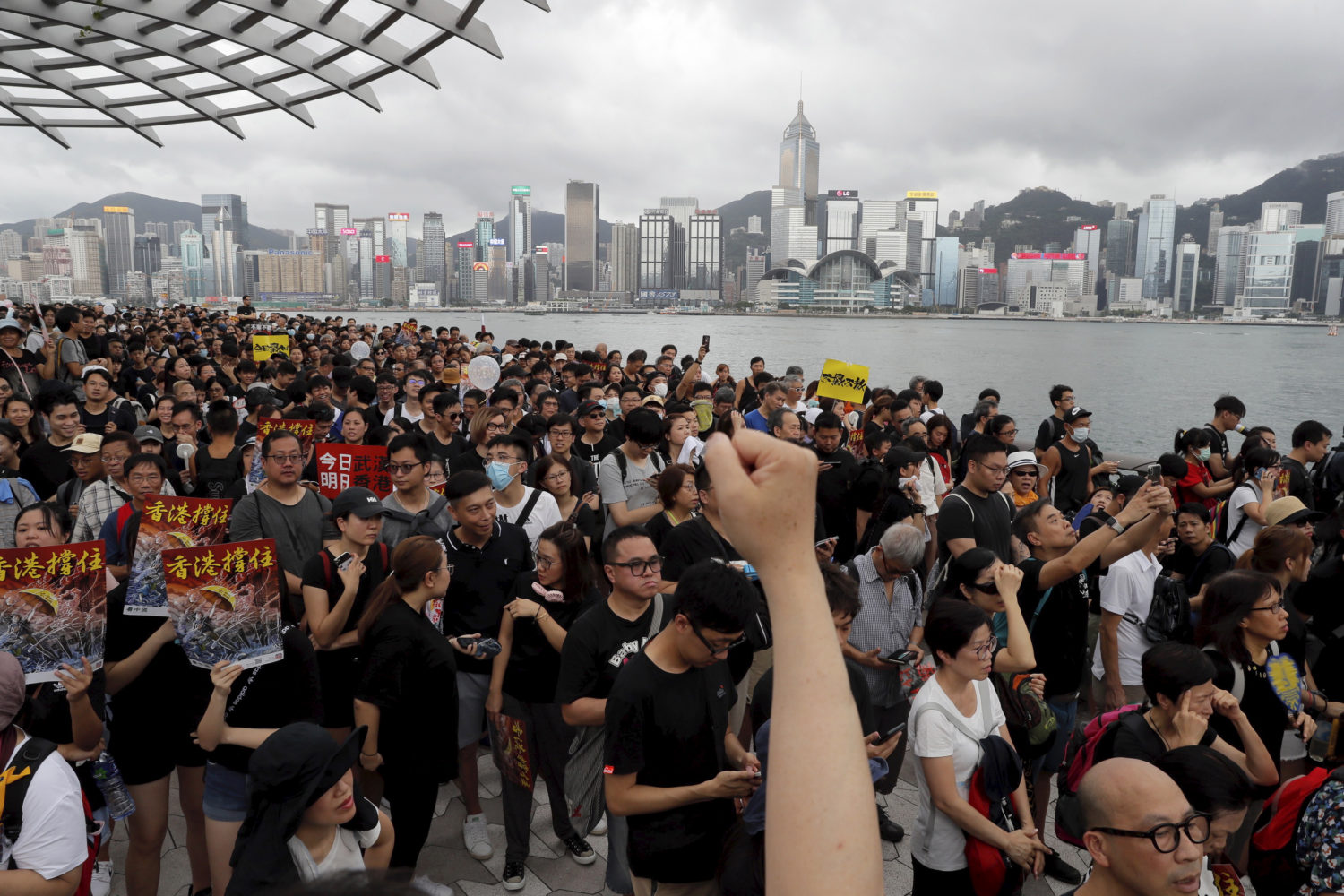2 regions, 1 misinformation problem
As Kashmir enters its 11th day on a strict lockdown in which India has imposed a communications blackout, misinformation has taken off in the region.
Fact-checkers for the Agence France-Presse in Southeast Asia have debunked several false and misleading claims about the lockdown, which was imposed last Monday after New Delhi moved to revoke Kashmir’s autonomy. The border region has been hotly contested with Pakistan for decades.
Much of the false information AFP fact-checked on social media was out-of-context photos or images, which purported to show armed conflicts between the Indian and Pakistani militaries. Some hoaxes, debunked by Boom Live, another Indian fact-checking site, even made their way into mainstream media outlets. The outlet rounded up other rumors in a YouTube video.
This kind of false information has been spread on social media despite the internet shutdown in Kashmir, which is not the first time India has taken such action. And people in Kashmir don’t have access to reliable information at all.
“As a fact-checker, I don’t know what communication the people in Kashmir are subjected to. We don’t know what the local rumours are. And if the locals want to verify information, there is no means for them to do that,” said Pratik Sinha, co-founder of Indian fact-checking site Alt News, in Dawn, an English-language newspaper in the country.
Meanwhile, nearly 4,000 kilometers away, another deluge of misinformation is plaguing social media — but the circumstances are completely different.
Amid ongoing pro-democracy protests in Hong Kong, the Chinese government has been accused of spreading disinformation and propaganda about the demonstrations. The New York Times reported that the Communist Party and state-controlled media outlets have falsely claimed the protesters are paid and have manipulated photos and videos to make them look violent to cut down on their support.
Other social media rumors focus on potential Chinese action against the protests. CNN reported on one a viral tweet that warned the military was about to impose a Tiananmen Square-style crackdown.
“In Hong Kong, there’s virtually no way to avoid misinformation,” the outlet reported. “In the subway, fake news is anonymously AirDropped onto commuters’ phones. Rumors and speculation posted by both individuals and local blogs are plastered over Facebook, Twitter and Instagram, and shared on messaging apps such as WhatsApp and Telegram.”
In Kashmir, misinformation has proliferated both in spite of and due to the absence of internet access in the region. But the Chinese government has taken the opposite approach, rapidly censoring pro-democracy speech on social media platforms and saturating the networks with propaganda and disinformation.
Both situations are concerning developments in the global struggle against political disinformation, and how governments intrinsically play a role in it. They show that falsehoods don’t exclusively spread on a free and open internet — they also spread widely in highly censored regimes, as well as regions where there’s no internet access at all. And fact-checkers have their work cut out for them.
